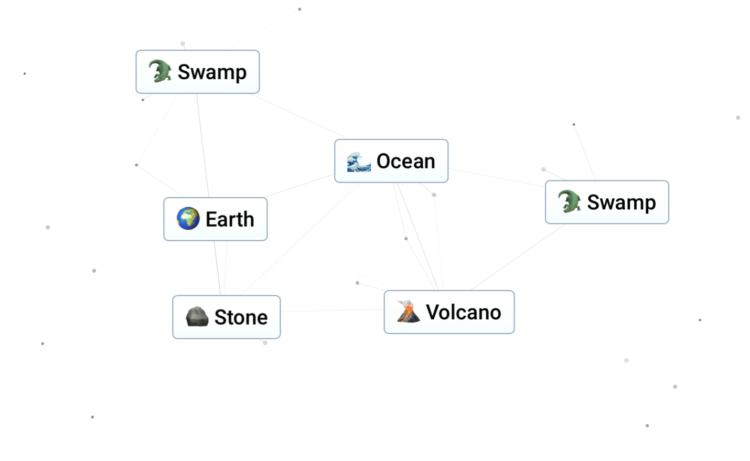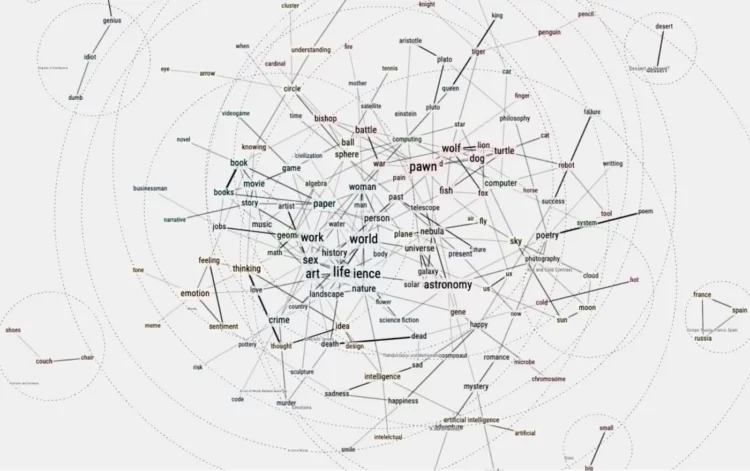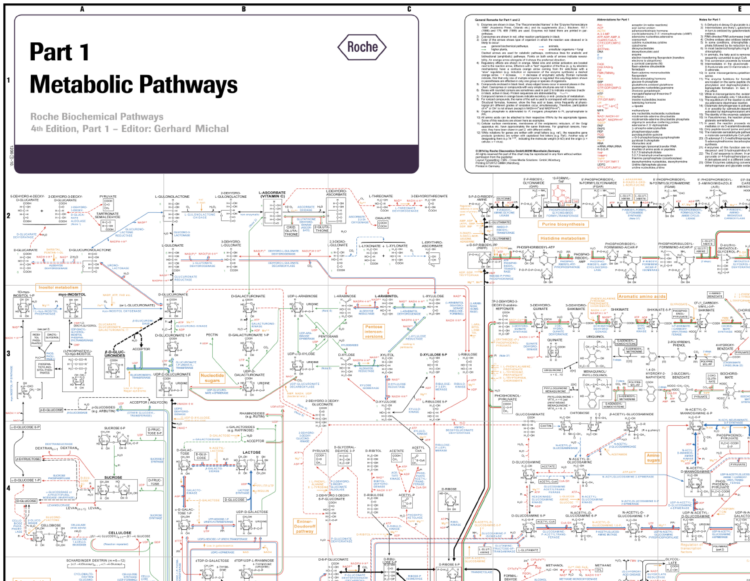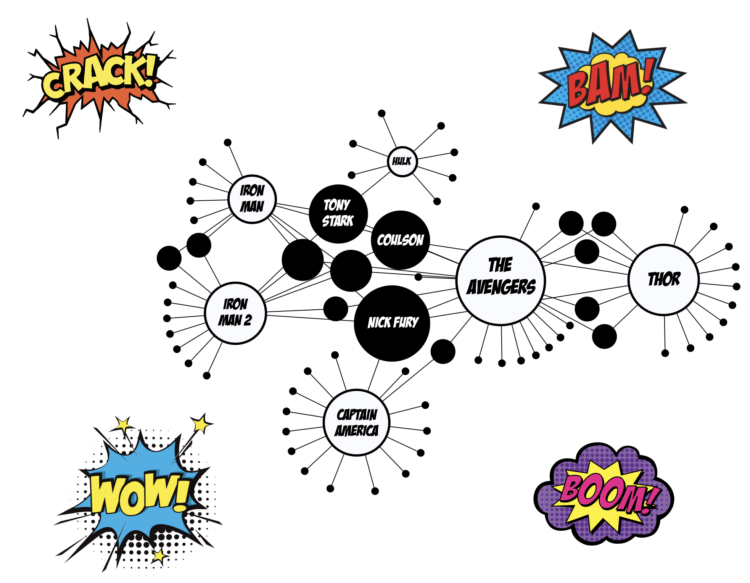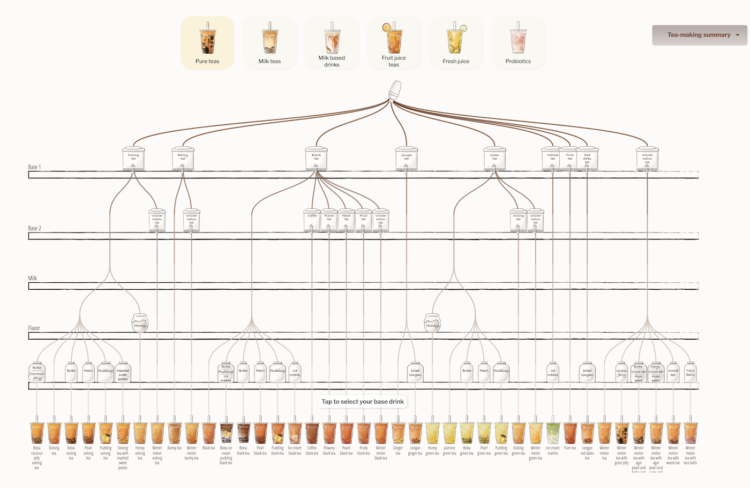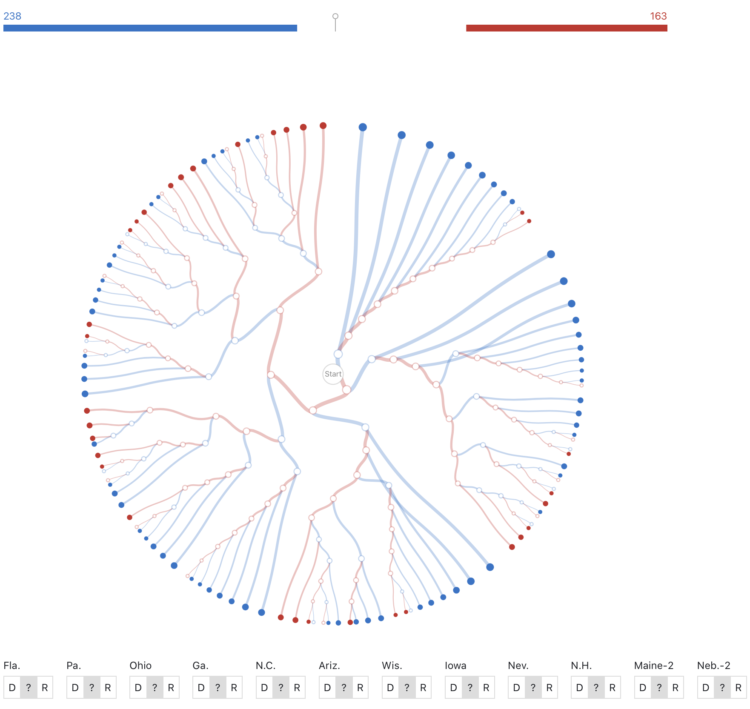To gain a better understanding of how ChatGPT works under the hood, Santiago Ortiz repeatedly passed the prompt “Intelligence is” to the chatbot. Then he visualized the statistical paths to get to a response using a 3-D network. If you squint, the network kind of looks like a computer’s brain.
Tags: AI, ChatGPT, Santiago Ortiz

